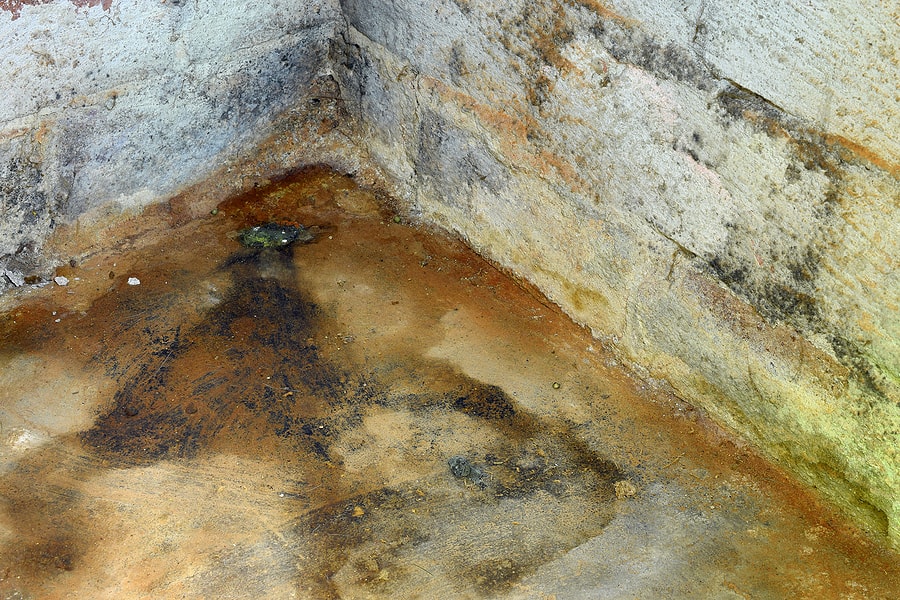Standing Water? Standing IN Water? Call now.
If your building is flooded, stop reading and call us!
If you’ve had previous damage from water and it’s less of an emergency, you can call us or contact us by email.



5 Ways Water Gets Into Your Basement

It’s not unusual for residential or commercial spaces to have a basement, cellar, or other underground floors. It’s a common building technique for establishing a solid foundation and provides additional storage space and an out of way area for major appliances such as HVAC systems or laundry machines.
However, the basement is also a prime point of vulnerability when it comes to water damage. Water will naturally flow to the lowest point first, and this is the basement. Here are five ways that water can enter your basement.
Windows & Wells
A window is always one of the most vulnerable points in a building, so they are often targeted as entry points for crime. Windows, if not properly sealed, can easily admit water. If a basement is built with window wells to accommodate windows below ground level, water can also accumulate in the well itself, leading to leaks.
Appliance Leaks
The basement is often where major property hardware, such as water heater tanks, are stored. Since many water and drainage pipes also run through the basement, it’s not unusual for leaks in water tanks or breaks in pipes to affect the basement area. If it’s a serious leak, a lot of damage can occur in a short time.
Over Or Under Footing
The footing is a sort of “foundation for the foundation,” being a stabilizing component that the foundation is built on top of. Depending on numerous variables, such as quality of the construction, level of the water table, or even just the shifting of soil over the years, water may leak through into a building from either over or under the footing and appear on the floor of the basement.
Floor Cracks
If a building shifts or there is poor construction, to begin with, the floor of a basement can crack. If this happens, water will often naturally flow up through this. This may be the result of a settling foundation or even tree roots, but with water accumulating in the soil from rainfall, the excess will exploit any crack, including floors.
Walk-Up Stairs
In some cases, a door from within the building is not the only way into the basement. Sometimes, basements will have exterior access from outside, usually involving outdoor stairs descending to an underground door. This creates a natural “water flow hazard.” Unless the door is properly treated, water will flow down the stairs and pool at the door during rainy periods, seeping into the basement.
Floods
Of course, when a flood occurs, and water is flowing down the street, the initial point of entry may be the doors or windows, but because the water flows to the lowest point, it will eventually make its way to the basement. Unfortunately, few things can be done to make a property “flood-proof,” especially if it’s a severe flood that rises above the first story of a building.
Call Us Today For Basement Water Damage Cleanup
If you have water damage in your basement, we can help. Emergency Restoration Specialists have over 30 years of experience serving the Milwaukee area. Contact us 24/7 for a prompt, professional response.



